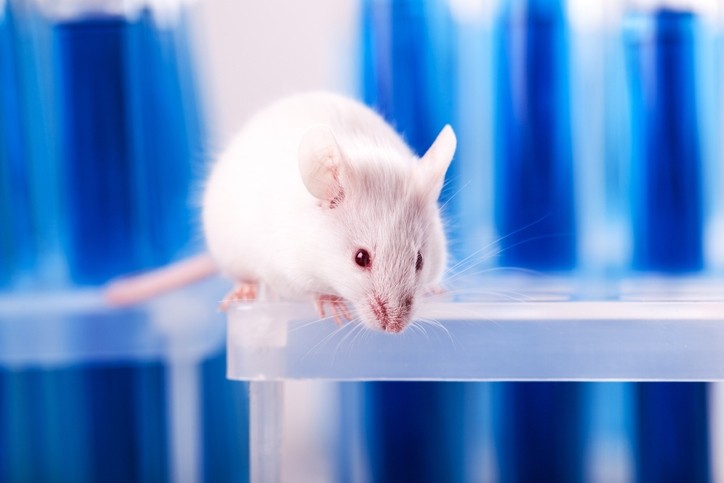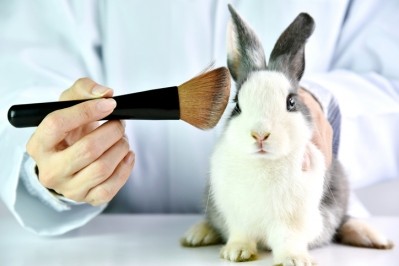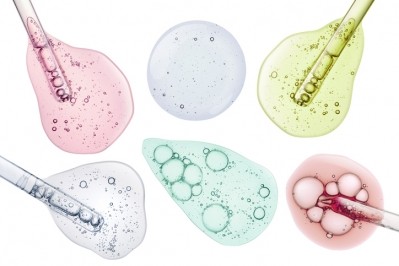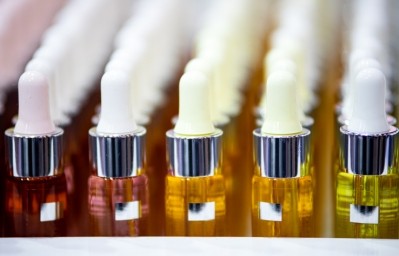Animal testing declines across EU – cosmetics must ‘share good practice’, says charity

This month, the European Commission (EC) published its first European Union (EU) summary report on the use of animals for scientific purposes by Member States, covering data from 2015 to 2017.
Findings showed the number of animals used for research and testing and those used for the creation and maintenance of genetically altered animal lines were seeing a “downward trend in the EU”. The total number of animals used for research and testing decreased slightly from 9.59 million in 2015 to 9.39 million in 2017 and the number of animals used for the creation and maintenance of genetically altered animal lines was around 1.2 million in 2017 – down 20% from numbers in 2015.
Animal testing alternatives? Cosmetics has shown ‘confidence has grown’
Amy Beale, scientific liaison officer at FRAME, said it was encouraging to see overall numbers declining but there were areas where animal testing figures still seemed “unnecessarily high”, such as on genetically altered animals. Certain tests like skin and eye irritation also had viable non-animal alternatives in place and therefore no longer required animals, Beale said.
“It is already proven that regulatory testing for human adverse effects of cosmetics and household products can be done without animals, and countries should be doing more to ensure alternatives are always used when they are available,” she said.
In 2013, the EU implemented a ban on all animal testing for cosmetics products and cosmetic ingredients under the Cosmetics Regulation 1223/2009, following an initial ban on testing for finished products in 2004 and ingredients in 2009. Since the ban, many in-vitro alternatives were now widely used when testing cosmetics ingredients and final products.
Speaking to CosmeticsDesign-Europe, Beale said: “Moving forward, the EU cosmetics industry must continue to develop and share good practice in-vitro methods for testing product efficacy and safety.”
“Since the ban, confidence has grown in alternative methods - they can be faster, more cost effective and accurate. It is important that these are shared with the rest of the world so we can make progress in gaining regulatory acceptance for robust, human-based, in-vitro safety testing methods across all industries,” she said.
Animal testing under ECHA still a ‘complex issue’
Beale previously told us that despite the EU ban on animal testing for cosmetic products and cosmetic ingredients, it remained a “complex issue” because of some requirements under the European Chemical Agency ECHA’s REACH regulation 1907/2006.
Certain aspects of REACH still required or enabled animal testing – notably testing for environmental endpoints like aquatic toxicity, the pre-registration of some new chemical substances and registering of chemicals used in products used outside of cosmetics. Peptides, for example, may have been tested on animals because they could be used in other products, although once integrated into a cosmetic formulation, REACH prohibits any further animal testing.
In November, last year, FRAME launched an anonymous online survey for the general public and professionals to better understand the level of knowledge on the issue of animal testing in cosmetics, pharmaceuticals and chemicals.
Dr Katy Taylor, director of science at animal protection network Cruelty Free Europe, previously said it was critical EU chemicals regulation urgently incorporated a new generation of “powerful non-animal approaches” to evaluate chemicals and chemical mixtures for the protection of citizens and the environment.












